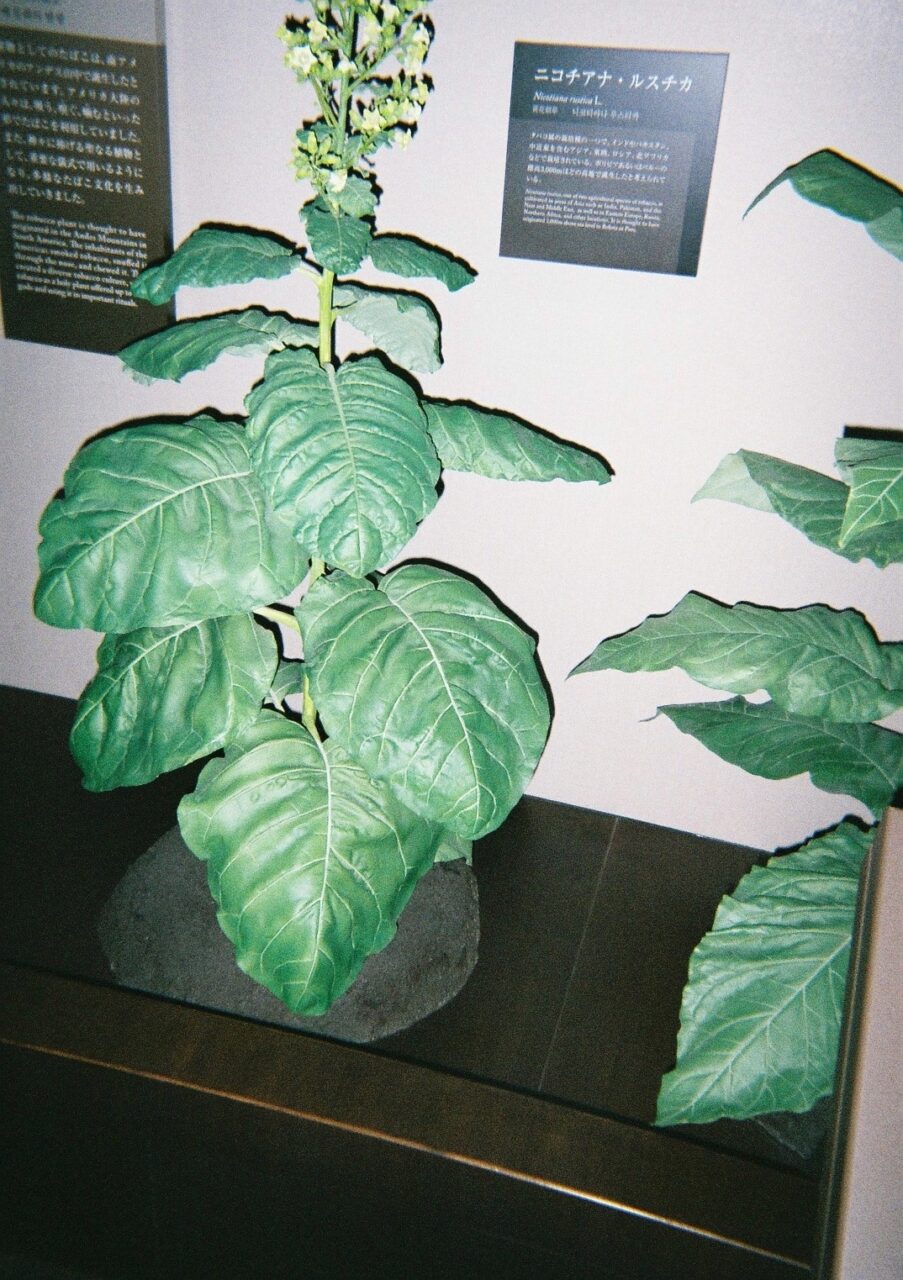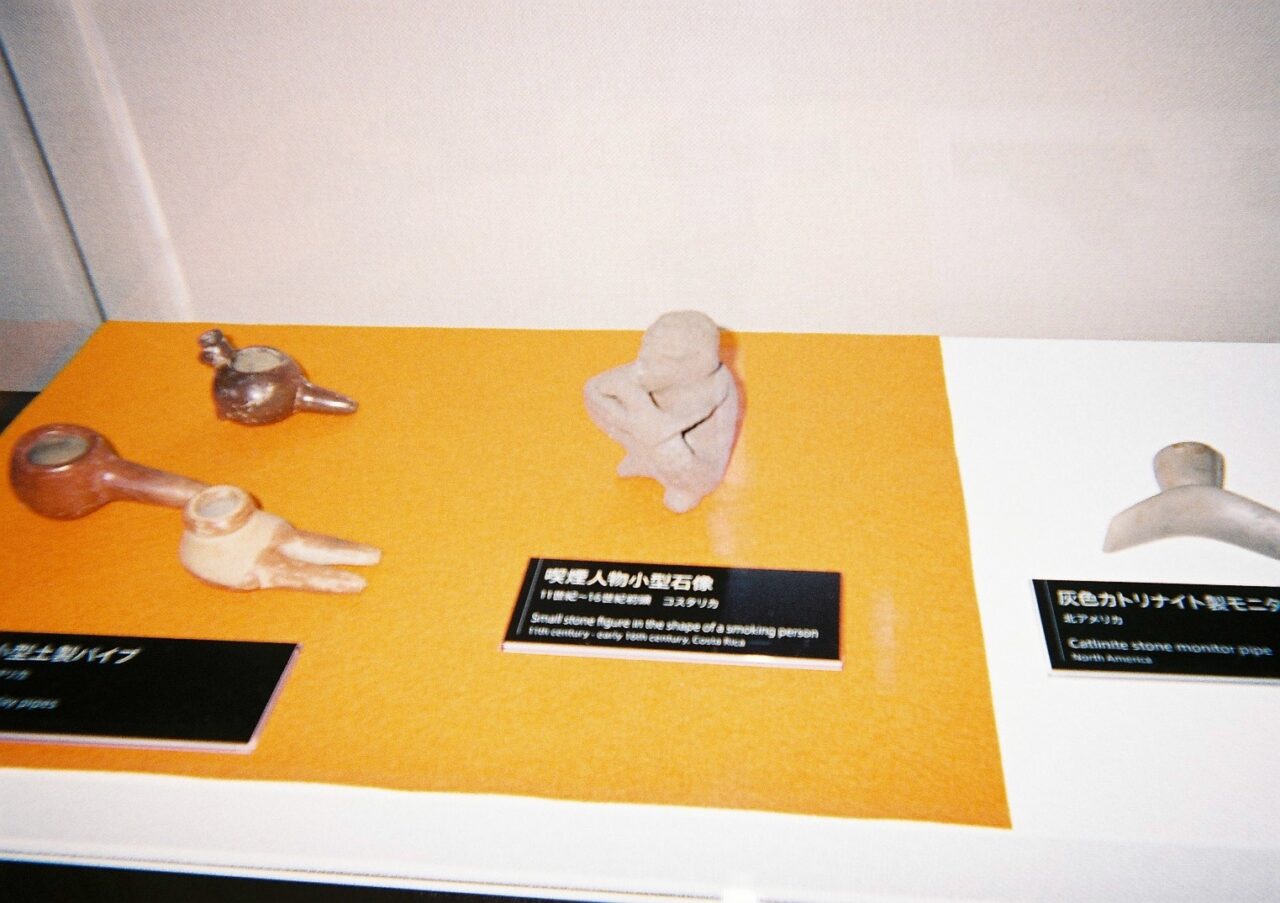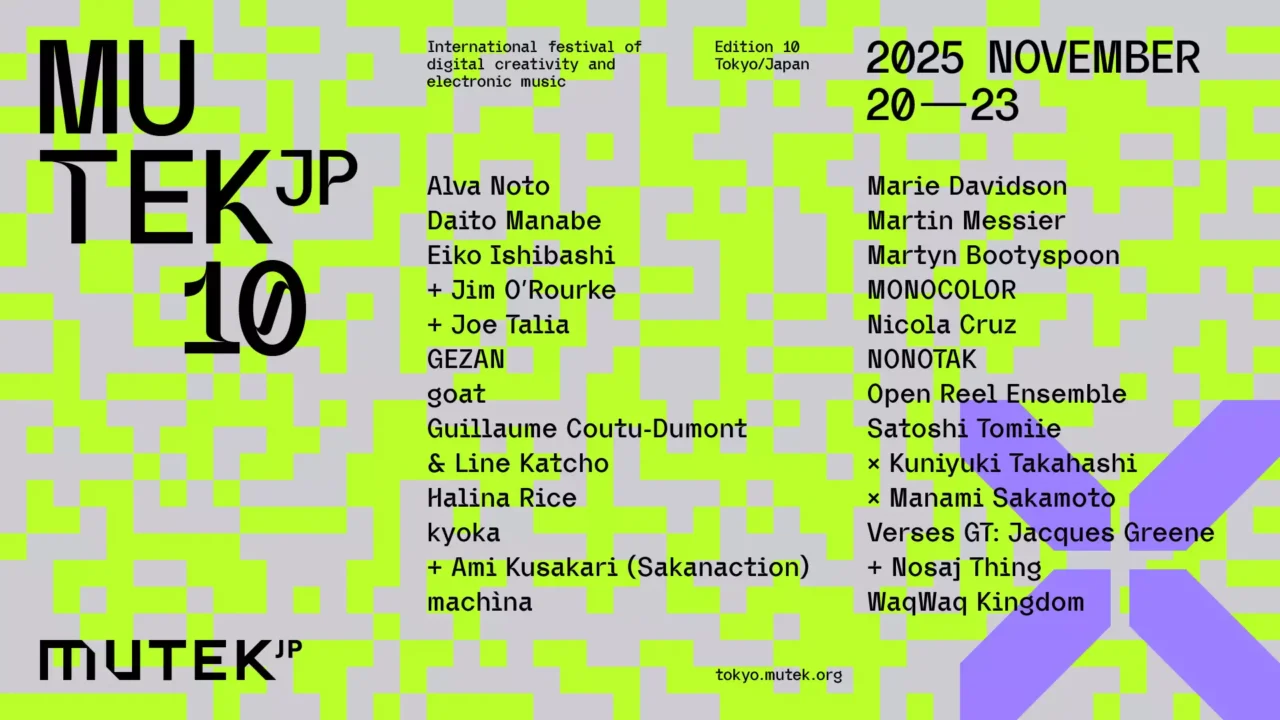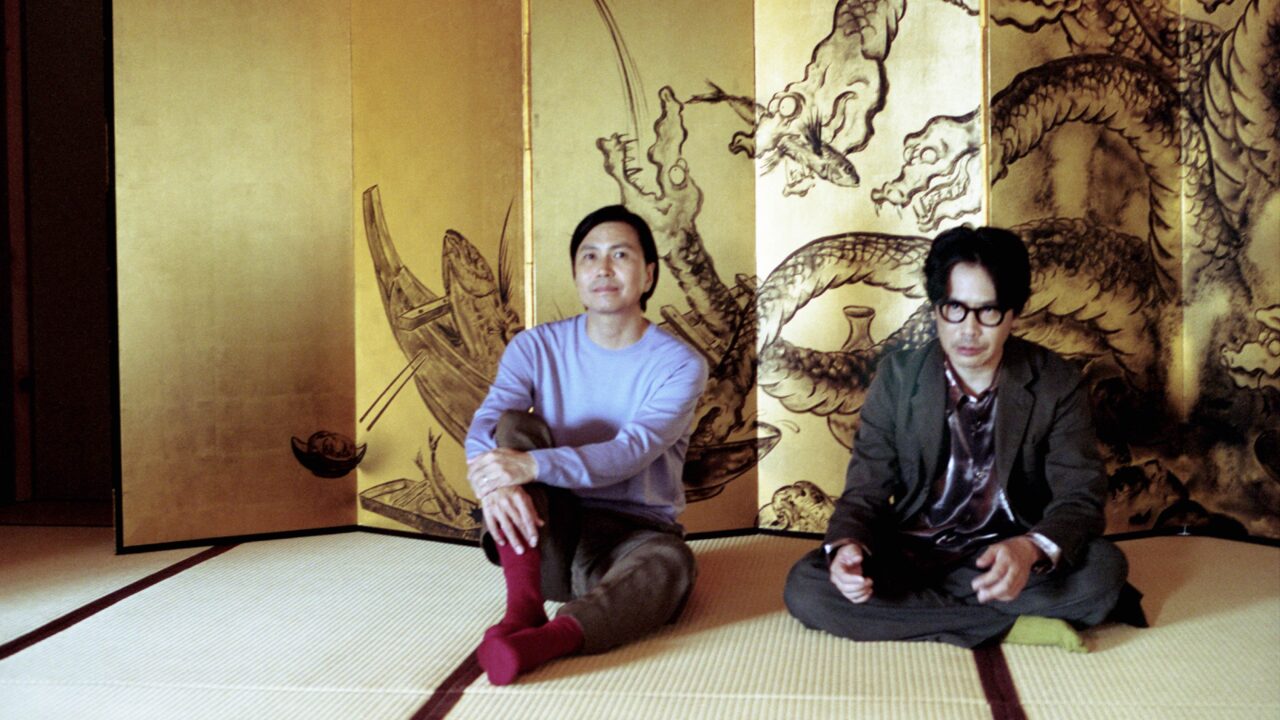Serialization “Summer Eye’s joy of knowing“
The Japanese characters for Tomoyuki Natsume, also known as Summer Eye, mean joy of knowing. He embodies the happiness and joy of knowing and learning, visited the Tobacco & Salt Museum in Sumida-ku. The exhibition rooms are divided into two parts, Salt and Tobacco. And the curators of each section provide explanations to visitors as they go. Summer Eye created an illustration of Summer Eye brand cigarettes as this is the Tobacco section.
INDEX
Why are Tobacco and Salt in the Same Museum?
Why do an essential item salt and a luxury item cigarettes sit together in the same building? I assume everyone would ask that question. And the curator of the museum asked me the same question. He seemed happy when I told him I had no idea. “I knew it!” he said (he still looks happy.) “But let’s put that aside for now, Anyway, the exhibition begins with the history of tobacco! This way, please!.” That’s how it started this time and what jumped out at me were the ruins of the Mayan civilization! The tour started with a lot of confusion.

Cigarettes started in South America. Later, it spread to Central America and North America. The relief of a “smoking god” at the Palenque ruins of the Mayan civilization in Mexico is the oldest existing document showing the connection between tobacco and humans! It’s so cool! It’s worth coming to the museum just to see this!

The god is smoking and exhaling a cigar-like substance. It looks almost the same as the way we smokes now. But the reliefs and designs are so cool. It is quite psychedelic. Nowadays, cigarettes can be bought at convenience stores, but in those days, cigarettes were used as offerings to the gods and as a magical remedy. Further reading reveals that smoking was only allowed to the privileged classes such as aristocrats and warriors, but as it was used at weddings and other occasions, it gradually spread to the masses and the custom of smoking took root. I see.
INDEX
The Tale of Cigarettes’ Worldwide Distribution and Global Popularity
After the Spanish invasion of South America in the late 15th century, tobacco was brought to Europe along with tomatoes and potatoes, and spread throughout the world. By the way, all the plants I just named above about are cucurbitaceous. I would like to establish a cucurbitaceous fan club. It is said that it was introduced to Japan in the late 16th century and spread throughout the country in the first half of the 17th century. That’s an amazingly fast pace.
Why did it become so popular? Why did everyone want to smoke it so much? I think it’s because it feels so good.

When you smoke strong cigarettes, you get high on ciratettes, but it is a pleasant feeling once you get used to them. You can get a little fuzzy, semi-forcibly. When I smoked when I couldn’t write lyrics, my brain would slow down, and only the necessary words would remain in my head, making it easier to find what I needed to write even though I don’t smoke anymore.
In that sense, there is a kind of solidarity between people who smoke cigarettes. In other words, I think cigarettes are excellent tools for getting along with others.

INDEX
In the Edo period, Cigarettes were Akin to Modern Smartphones
In the Edo period, cigarettes were all the rage. Various interesting items related to cigarettes, which had taken root in daily life, began to be sold around town, which I felt is almost like a smartphone. Tobacco is becoming almost as much a part of people’s lives as a necessity, and it is being used as a tool to add a touch of fashion and individuality. This is evidence of a culturally rich era. All of the decorative items on display were very stylish. I wonder if it is human instinct to dress up and make oneself look good. It made me think about the reason why we are always trying to look cool.
Now, let’s see. Under the Edo shogunate, tobacco, like vegetables, was produced and sold in various places. The taste differed depending on the land and climate where the leaves were grown, and the way tobacco leaves were chopped differed depending on the store. I wonder if smokers in those days talked about “that tobacco is good there.” Sounds like fun if that’s the case. A major change in distribution occurred some time after the start of the Meiji period.
Civilization was opened to the world, and the country became rich and powerful. During the war period, Japan needed to win over foreign countries and needed money anyway. The quickest way to collect money was taxes. However, it was not possible to levy a large tax on essential things for living, such as food and clothing. So, tobacco was the obvious choice. Cigarettes are a luxury item, but everyone smokes them. If the government managed the manufacture and sale of cigarettes and placed a tax on them, a lot of money could be made. In 1904, the Ministry of Finance established a tobacco monopoly bureau. This brings us back to the beginning of the story! Why tobacco and salt sit together in a museum ? What is hidden is that the monopoly bureau of the Ministry of Finance was in charge of both salt and cigarettes alongside other things. I was surprised to see the salt museum in the same building.
However, I can’t help but think that history is always driven by wars and money. Cigarettes were smoked holier than thou in South America, where they originated. Then, it was discovered by Europeans, introduced to the West, spread throughout the world with the invasion, and came to be controlled by the Japanese government in order to raise money.
The male smoking rate in Japan did not fall below 70% for a decade in the post-war period. It is safe to say that almost all men smoked. Then came the period of rapid economic growth. During this period, the famous cigarette advertising copy that is still famous today, such as “I’m fine today, too, and the cigarettes are good,” or “Punctuation of life,” was made. Labor, money, cigarettes. Working Blues.
The cigarette-smoking god inscribed on a Mayan relief, what do you think? Shall we light one up and discuss it?
INDEX
Summer Eye’s tabacco playlist
Information

Summer Eye “Daikichi”
Release date: March 21, 2023 (Tuesday)
- Failure (new mix)
- Courtship (new mix)
- Wangan (new mix)
- Sugoroku
- Sweet Orange
- Life (new mix)
- Shuikeng (new mix)
- White Whale
- Daikichi
博物館情報
Tobacco and Salt Museum
Address: 1-16-3 Yokogawa, Sumida-ku, Tokyo
Hours: 10:00 – 17:00 (closing time for admission is 16:00)
Closed: Mondays (or the immediately following weekday if Monday is a national holiday or substitute holiday), year-end and New Year holidays (December 28, 2023 – January 3, 2024)
Admission: Adults and university students: 100 yen, elementary, junior high, and high school students: 50 yen























